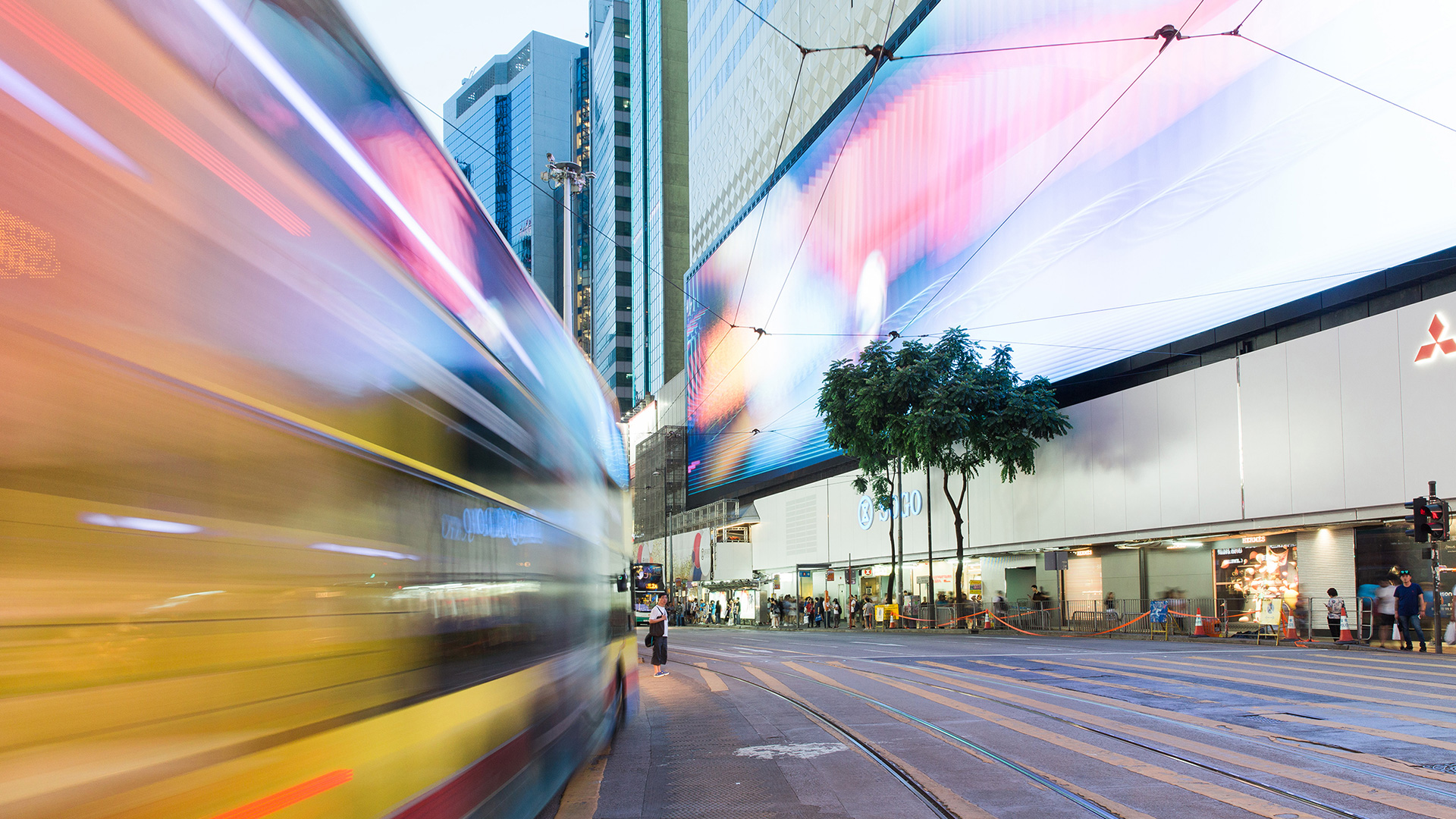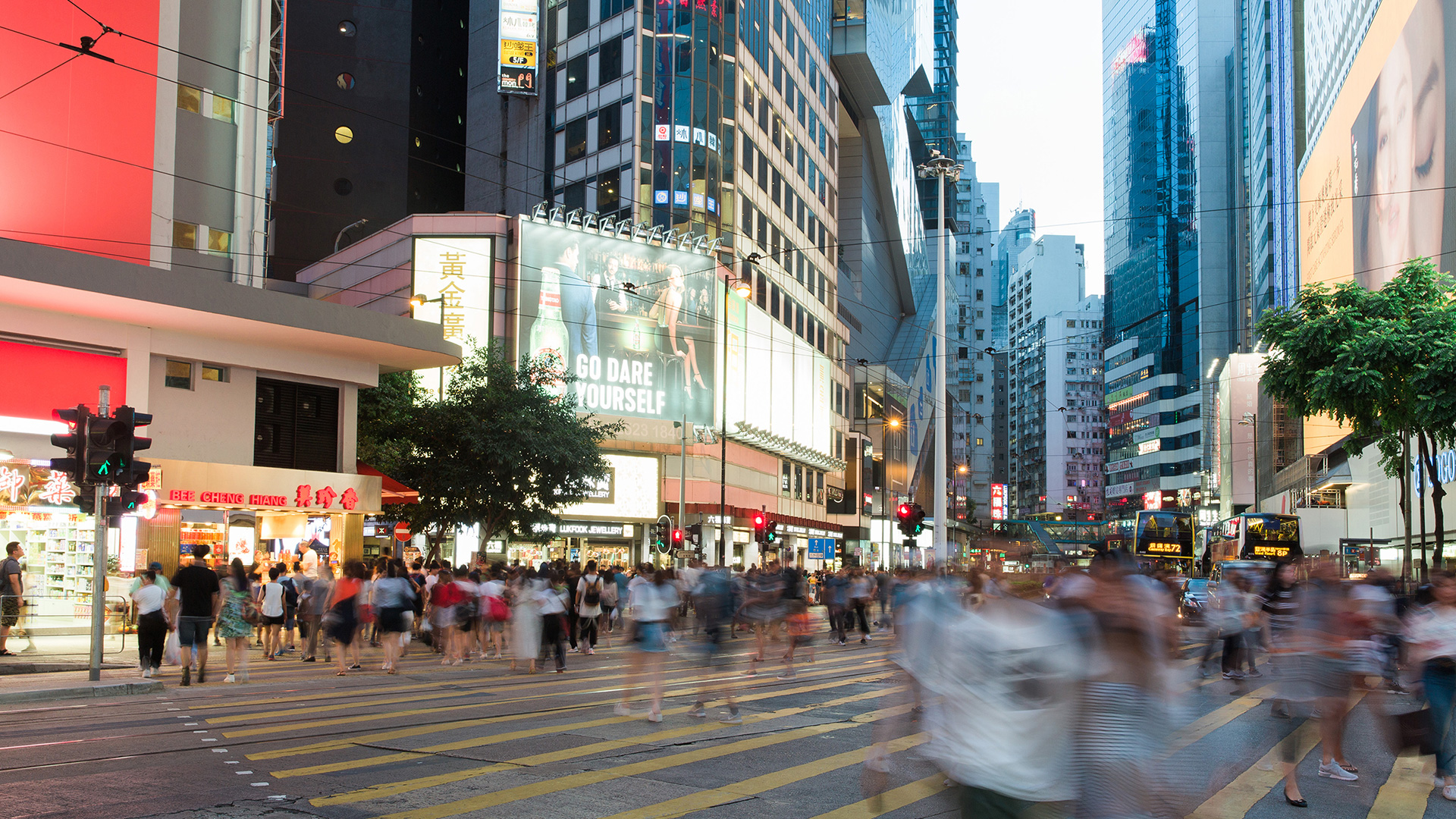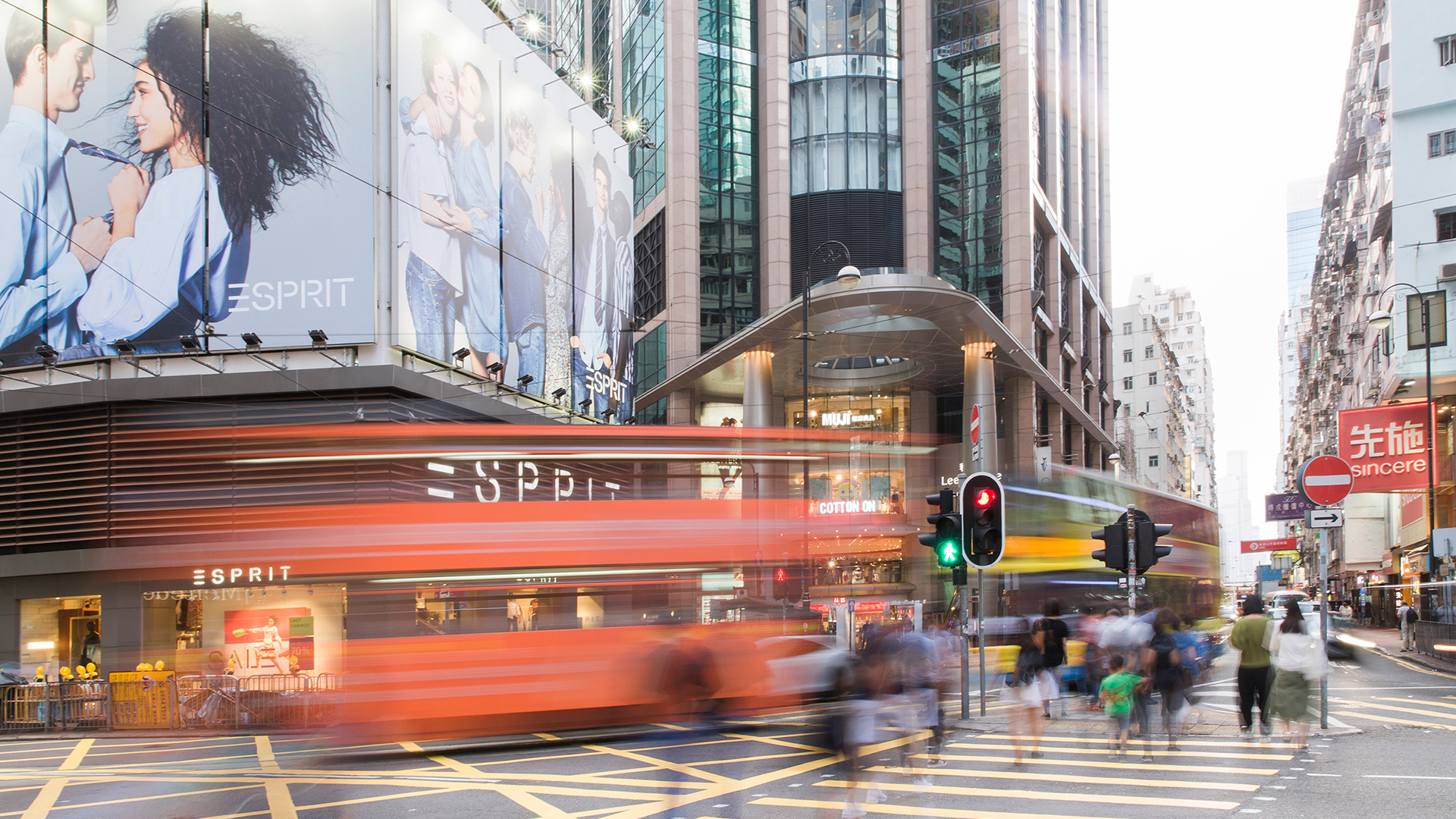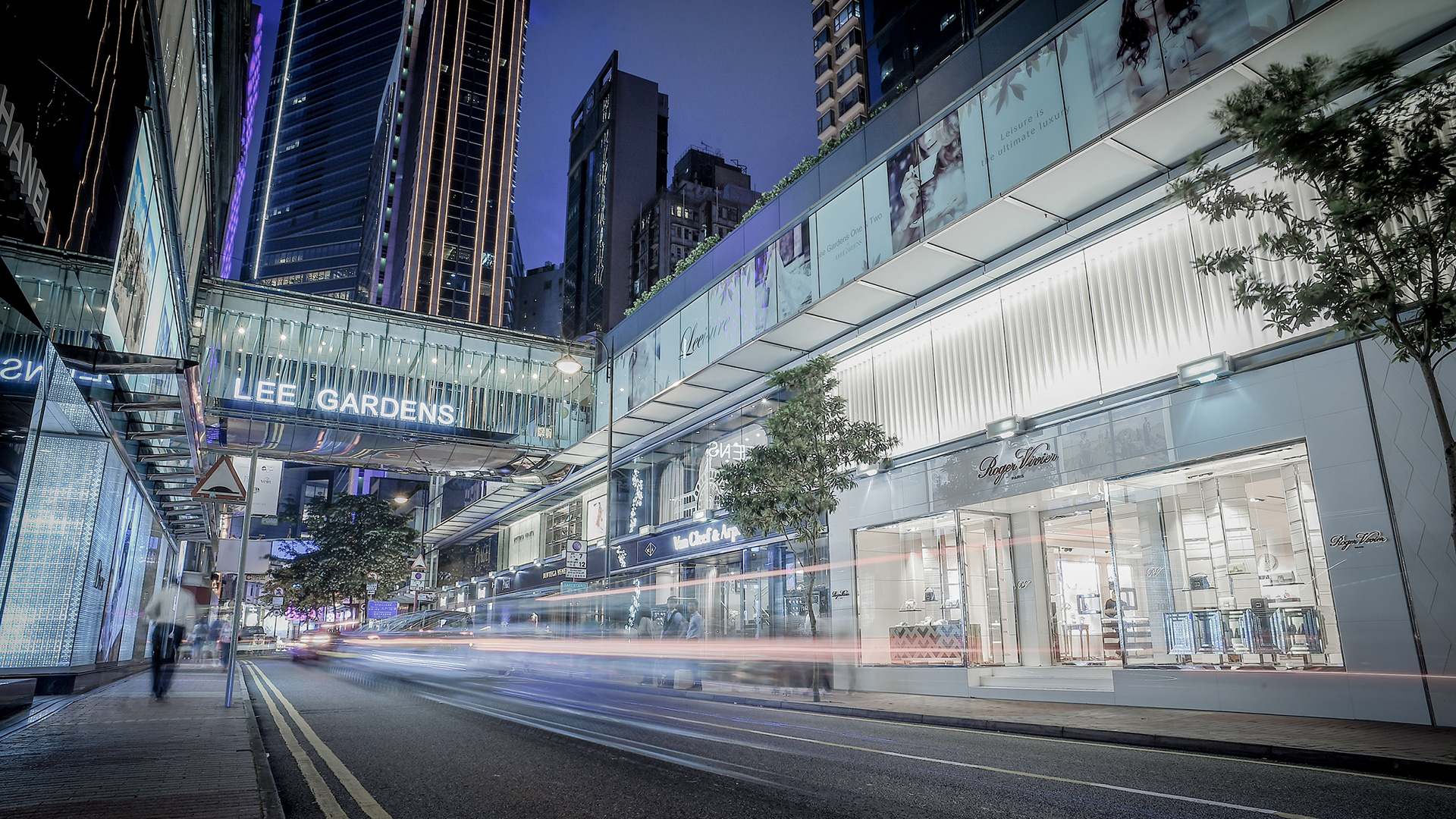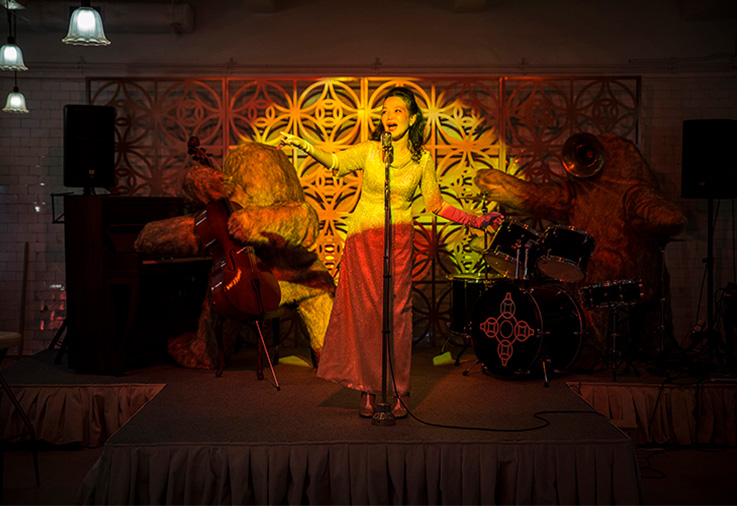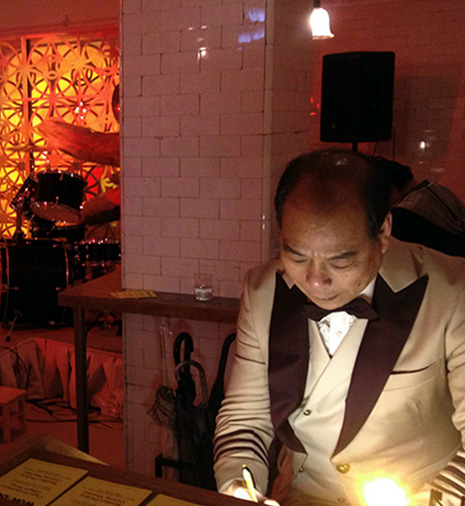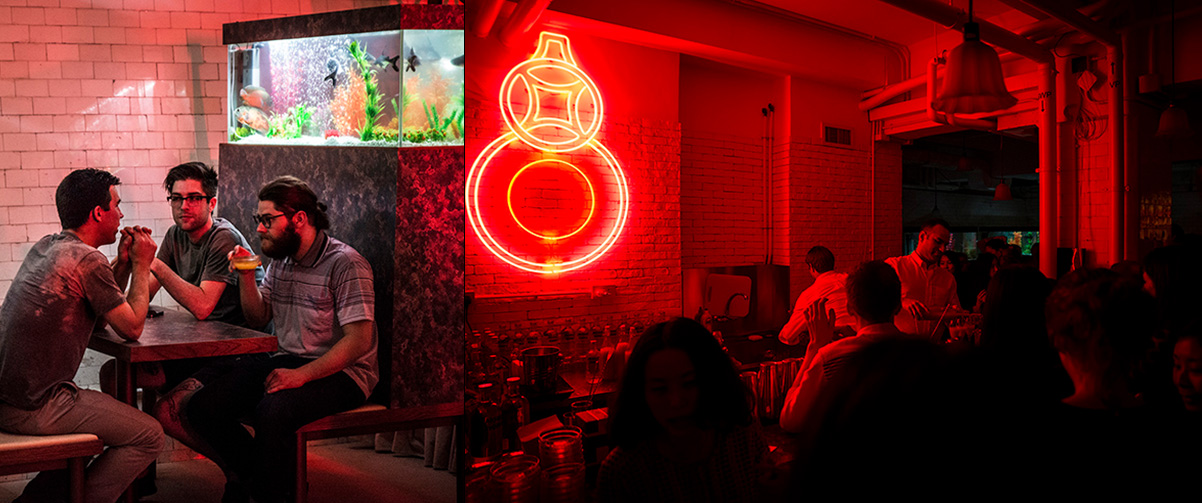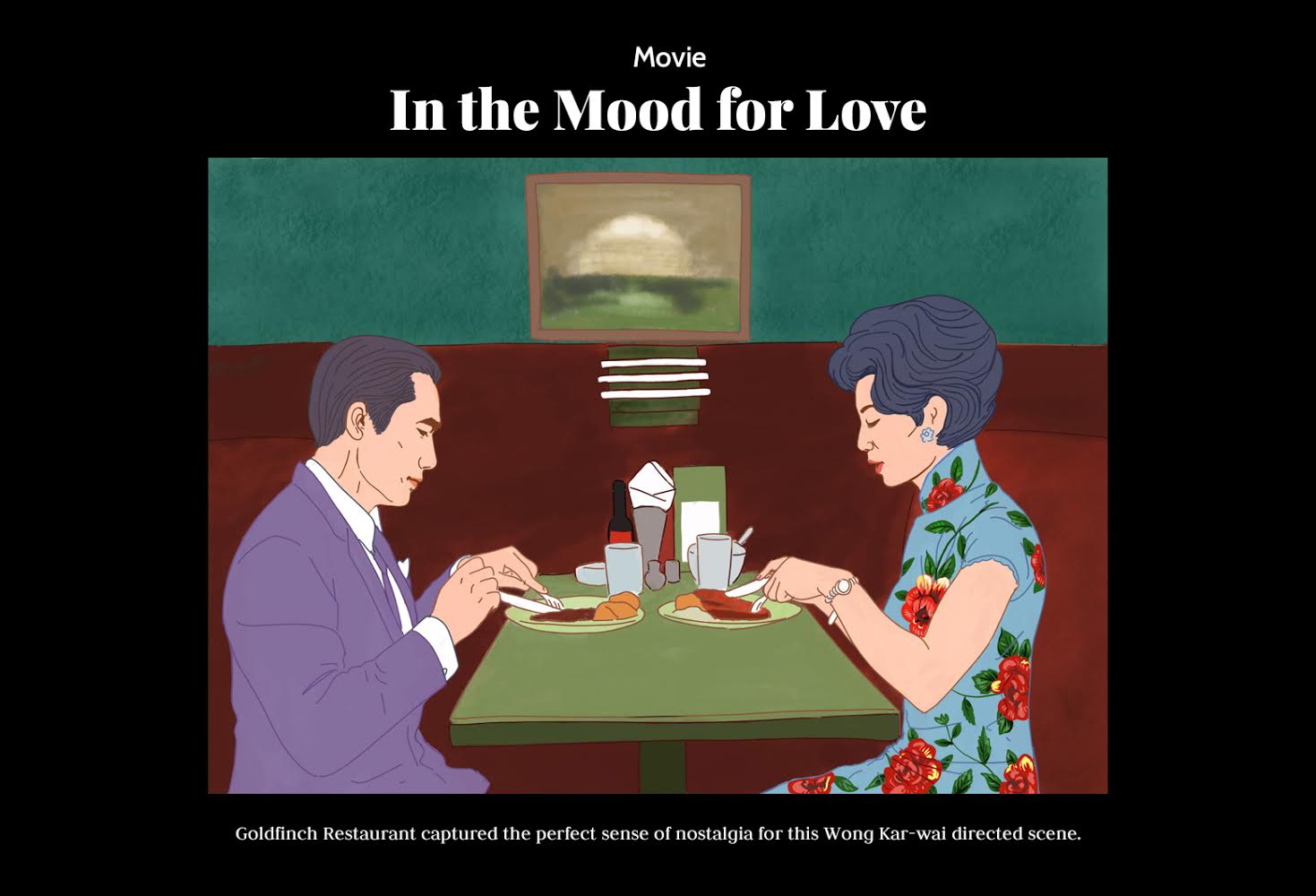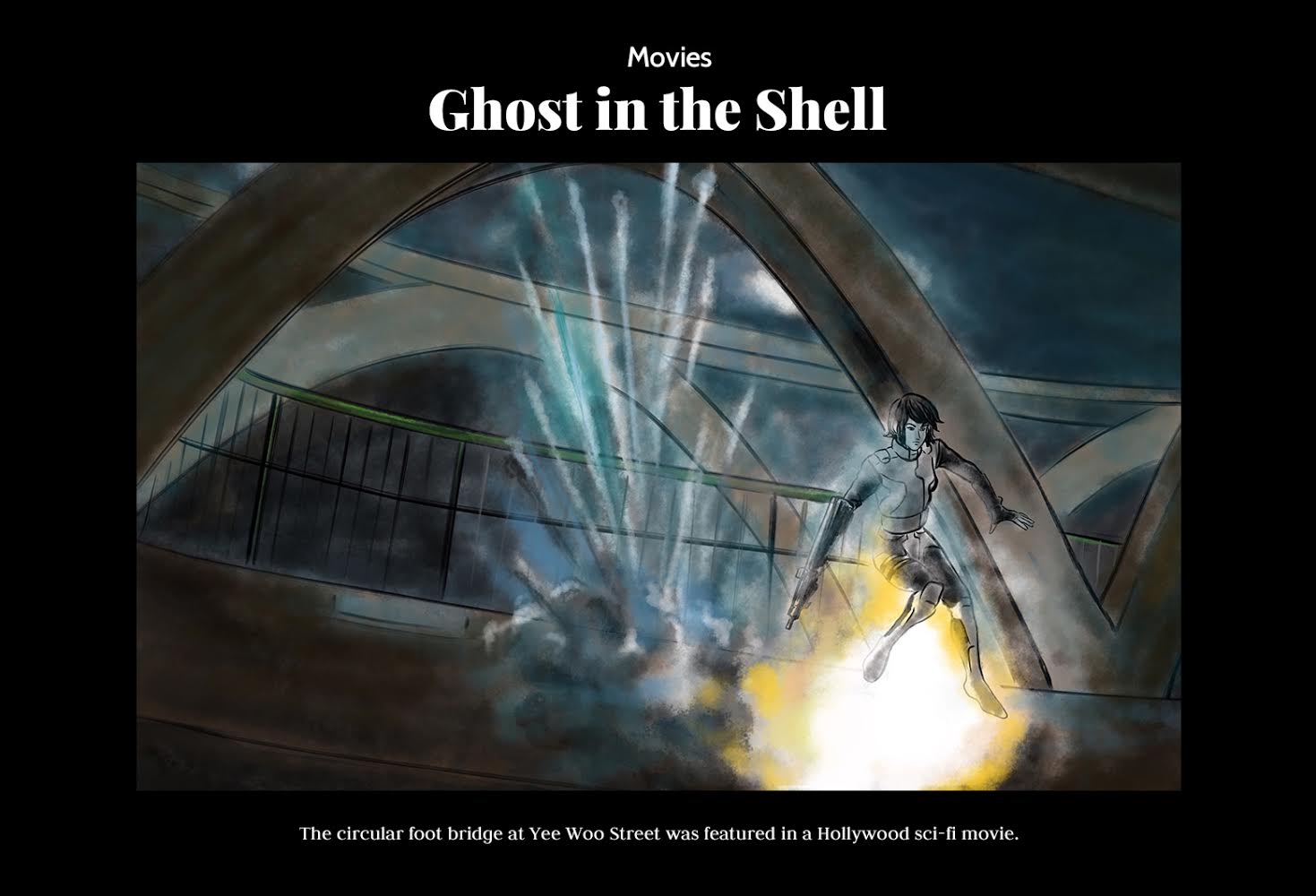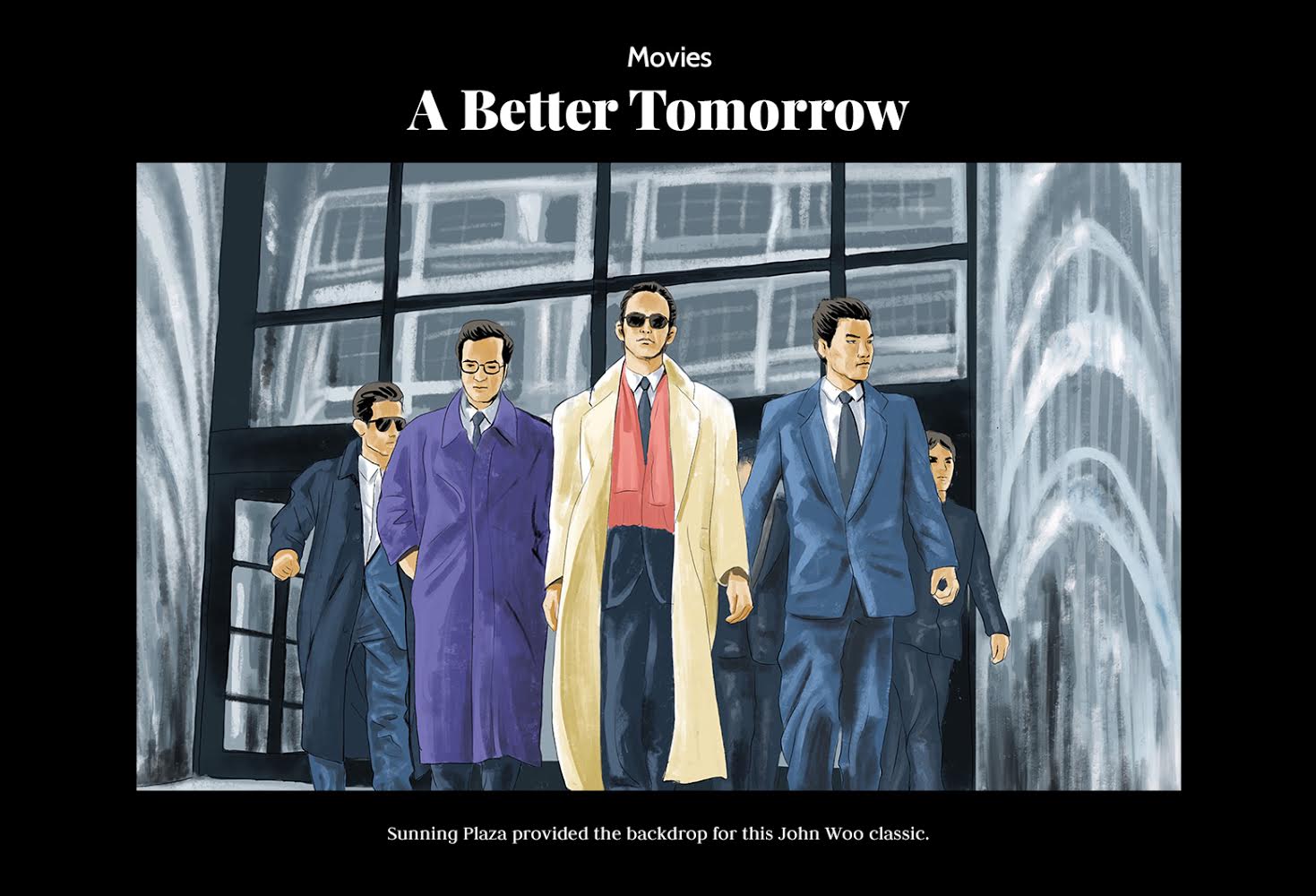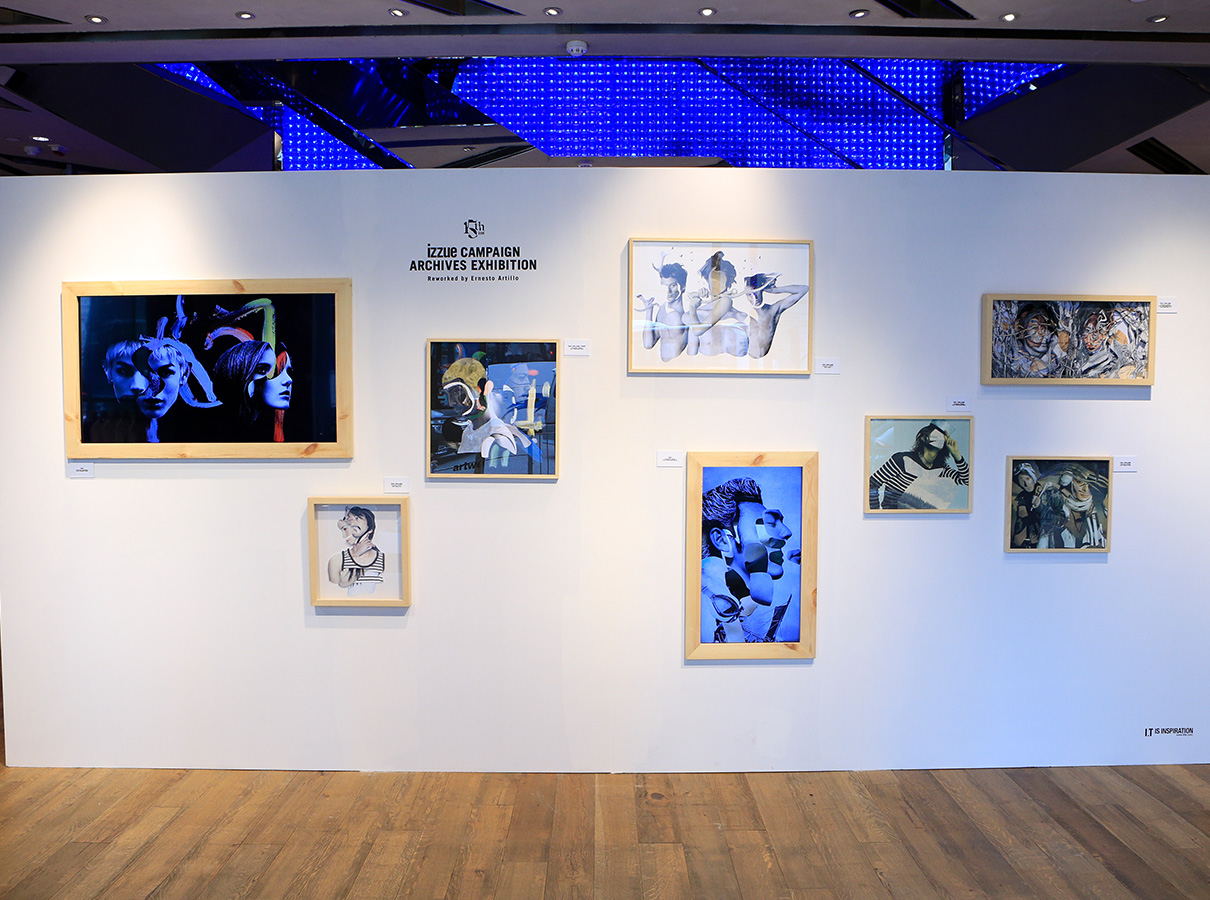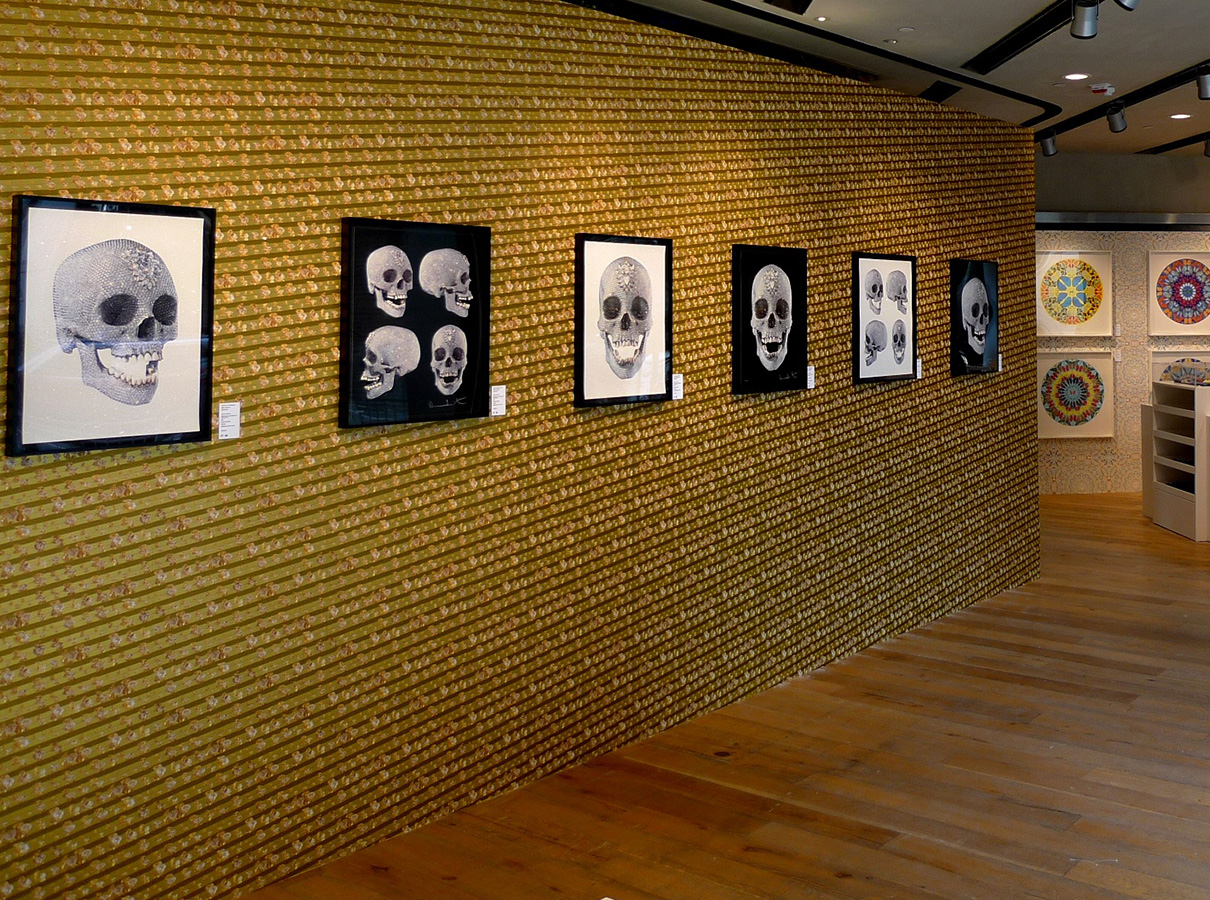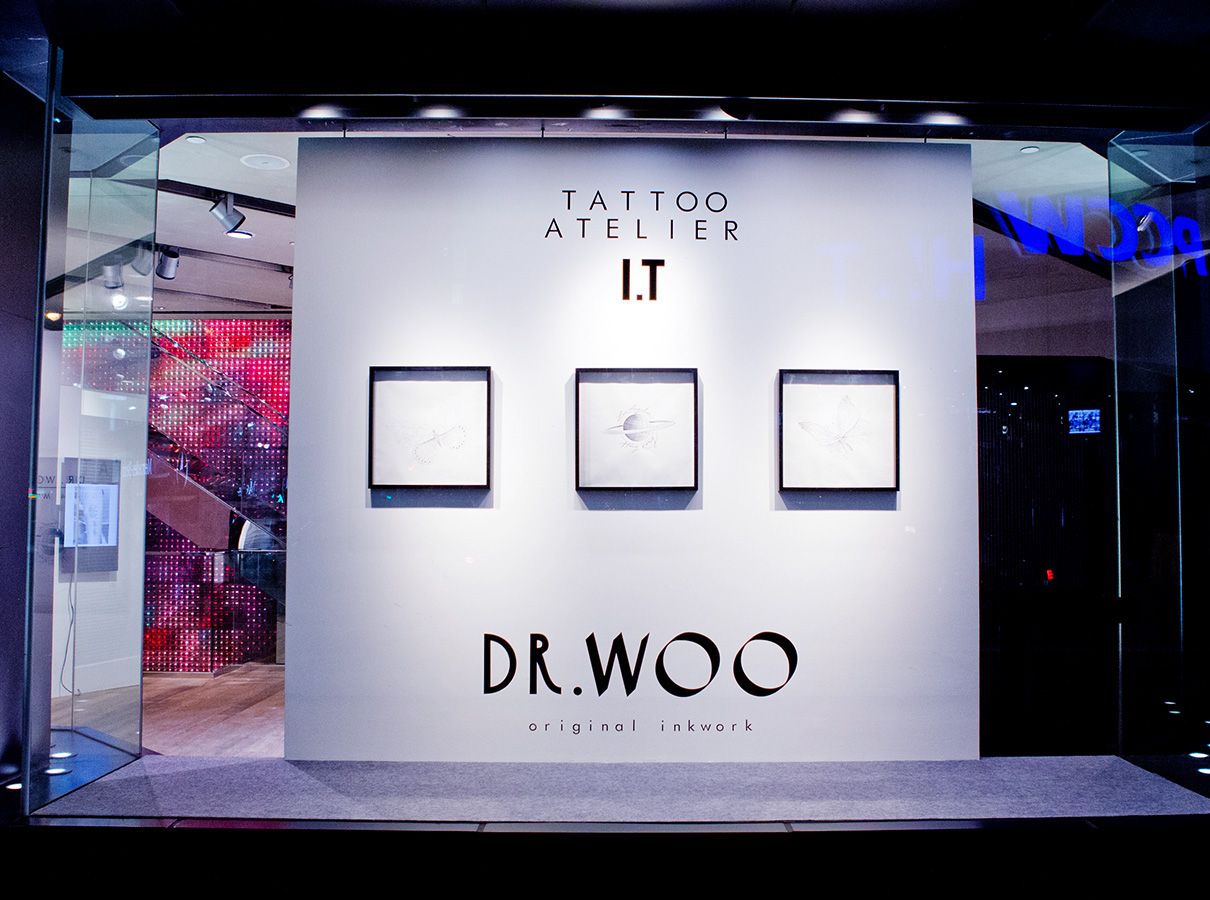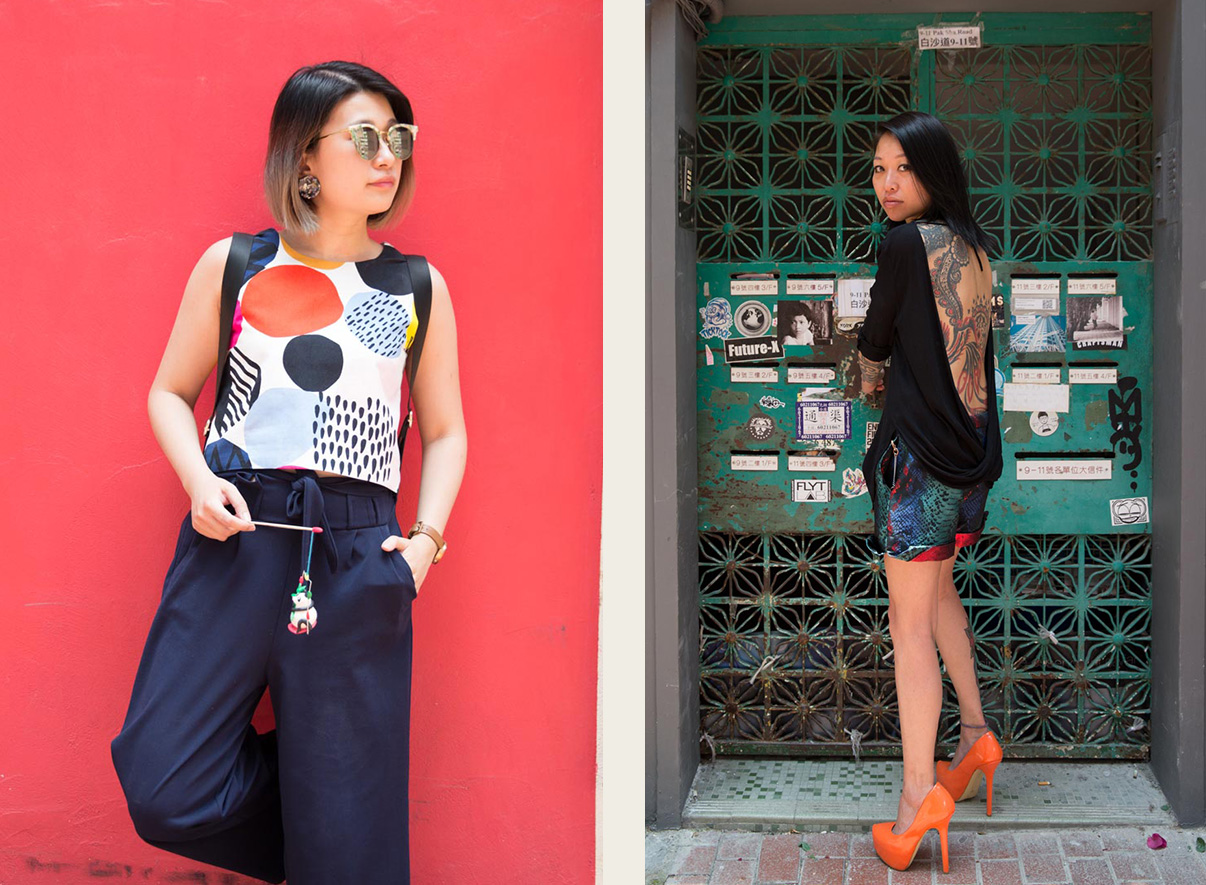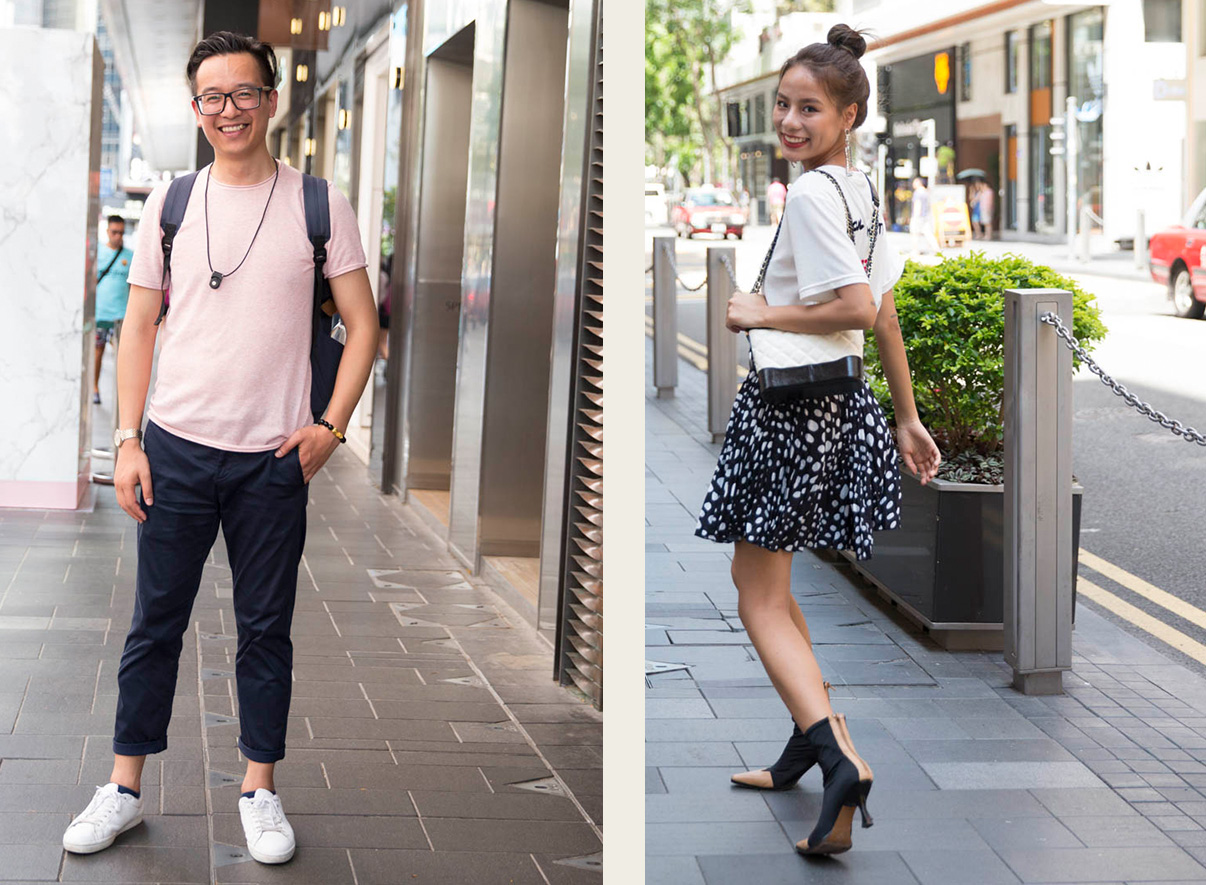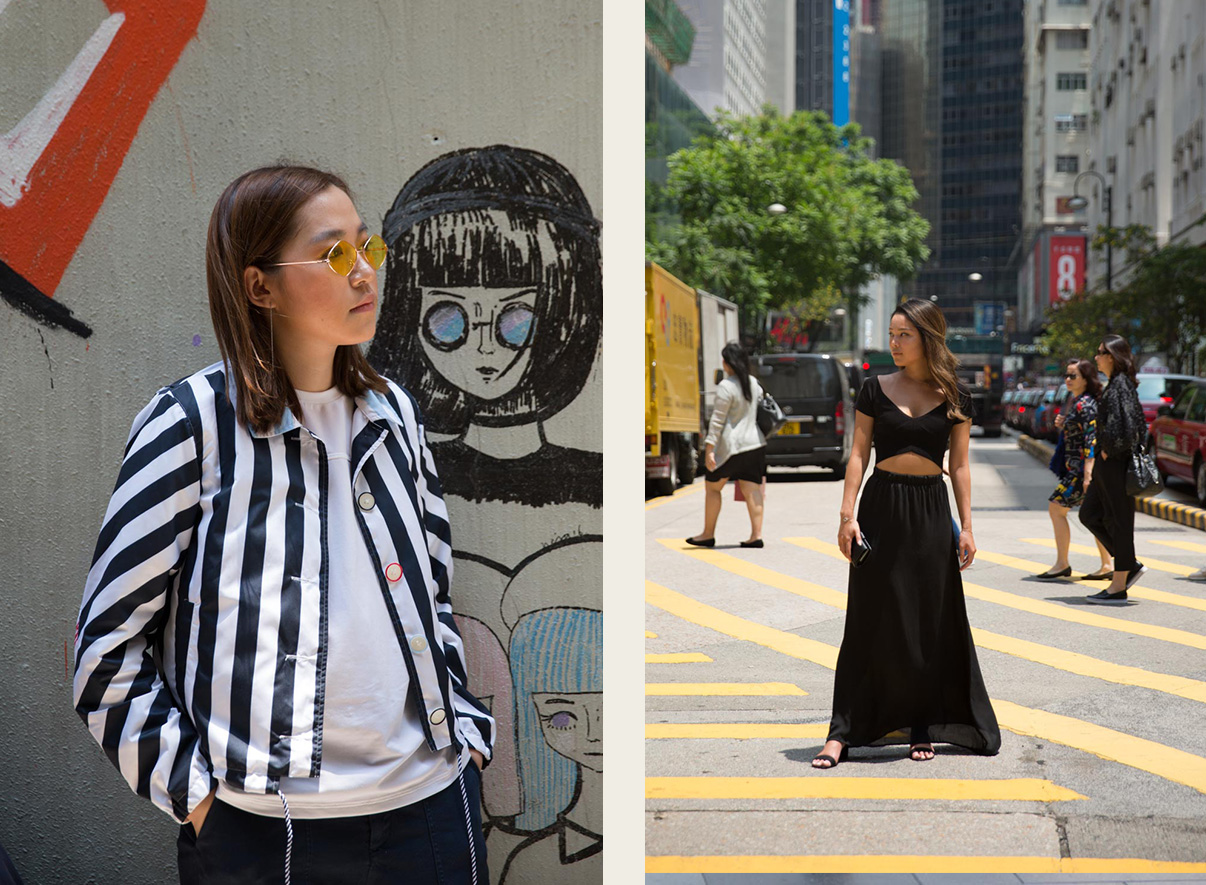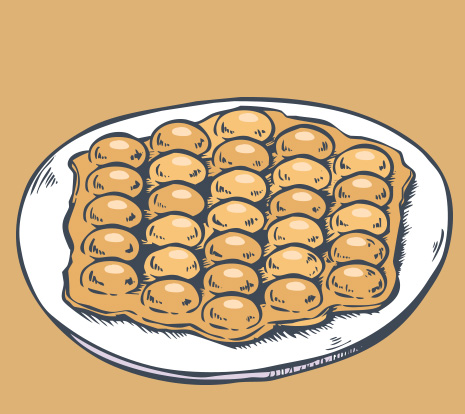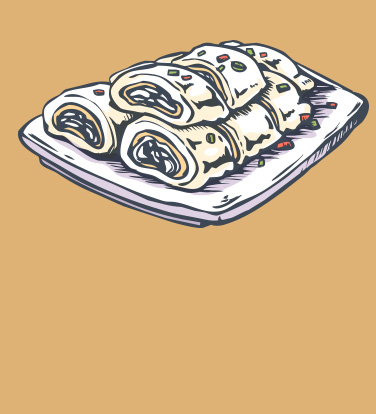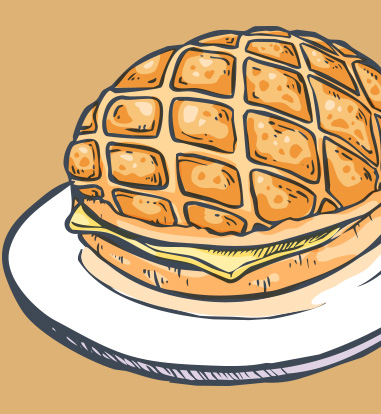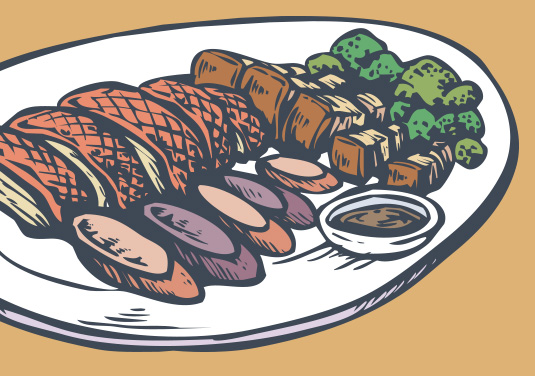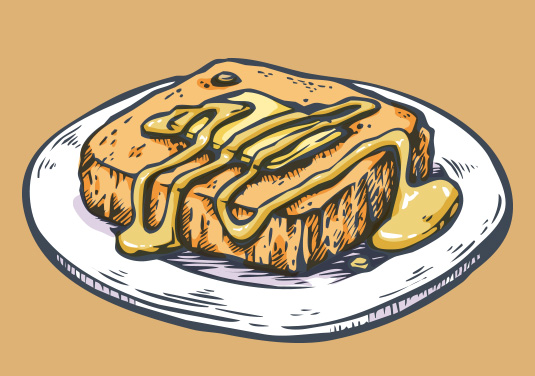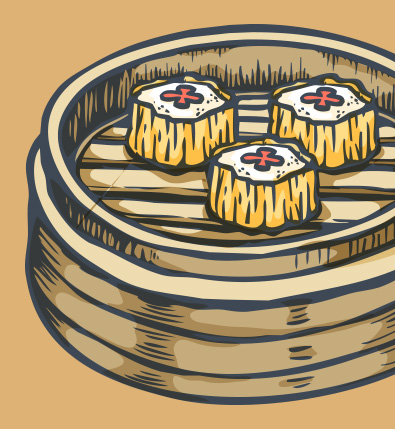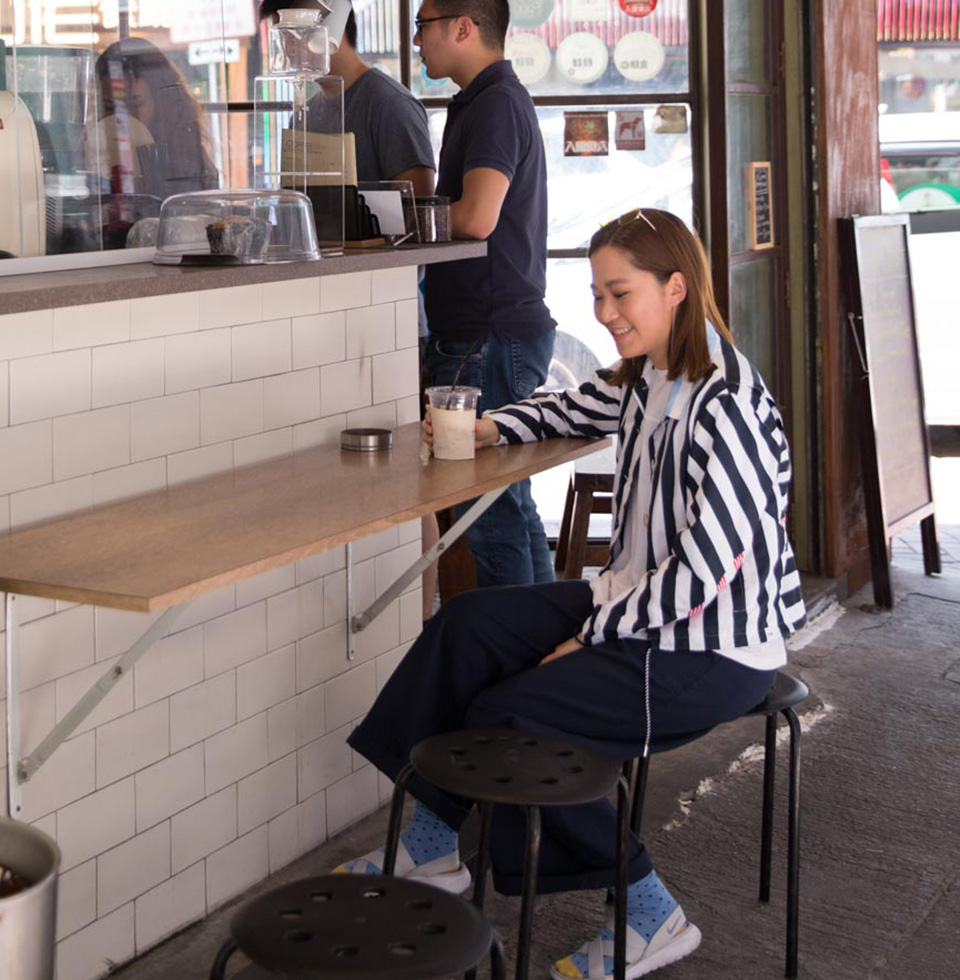Food writer Janice Leung Hayes says that has allowed an “incredibly diverse” food scene to flourish. “There’s something for everybody,” she says. “One thing that stands out in particular is the density of excellent Japanese restaurants, from high-end sushi, to ramen, to desserts.”
Causeway Bay has a long street food tradition, too. “Like the rest of Hong Kong, I think most street food carts have moved into shops,” says Leung Hayes. “There’s still quite a few traditional things like fish balls, fried eggplants stuffed with fish cake and gai daan zai or egglettes, but there are also quite a few new things like matcha soft serve [ice cream]. My favourites are classic gai daan zai and in the winter, steamed sweet potatoes and wok-roasted chestnuts. You can smell the roasting a block away.”
For a time, surging rents tied to the boom in mainland tourism seemed to be threatening this cultural diversity and distinctiveness. “One of my favourite places to go for beef brisket and pork meatball congee used to be in Causeway Bay – Lee Yuen Congee Noodles on Lockhart Road,” says Leung Hayes. “Every summer holiday when I came back to Hong Kong from university I’d make sure I stop in. It closed in 2013, and even then, it was already one of the last reminders of what Causeway Bay was, before it became such a glitzy commercial hub. Maybe it’s the nostalgia talking, but till this day I don’t think I’ve had a better beef brisket in Hong Kong.”
Not long after coffee enthusiasts John So and Kammie Hui opened specialty café 18 Grams in a tiny alleyway space on Cannon Street, it seemed
like they may need to close shop because of the feverish rents. “When we first started 18 Grams there were a number of spots we could choose. There’s a high failure rate in F&B, so we thought that if we failed in Causeway Bay, at least we’d be dying somewhere glamorous.”
But things have since come back down to earth – and 18 Grams is doing better than ever. Eight years after it opened, it has grown into a chain with locations all over the city. And though the pint-sized Cannon Street shop is much more modest than its other locations, So says it’s still his pride and joy, in large part because of its location. He went to school on Braemar Hill and remembers how all of his classmates gathered in Causeway Bay after class.
“Causeway Bay is where everybody hangs out,” he says. “There is a lot of sentimental value here – this is where it all started. We have a lot of regulars and it would be really difficult to duplicate this atmosphere anywhere else. That’s why I love Causeway Bay.”
Food writer Janice Leung Hayes says that has allowed an “incredibly diverse” food scene to flourish. “There’s something for everybody,” she says. “One thing that stands out in particular is the density of excellent Japanese restaurants, from high-end sushi, to ramen, to desserts.”
Causeway Bay has a long street food tradition, too. “Like the rest of Hong Kong, I think most street food carts have moved into shops,” says Leung Hayes. “There’s still quite a few traditional things like fish balls, fried eggplants stuffed with fish cake and gai daan zai [egglettes], but there are also quite a few new things like matcha soft serve [ice cream]. My favourites are classic gai daan zai and in the winter, steamed sweet potatoes and wok-roasted chestnuts. You can smell the roasting a block away.”
For a time, surging rents tied to the boom in mainland tourism seemed to be threatening this cultural diversity and distinctiveness. “One of my favourite places to go for beef brisket and pork meatball congee used to be in Causeway Bay – Lee Yuen Congee Noodles on Lockhart Road,” says Leung Hayes. “Every summer holiday when I came back to Hong Kong from university I’d make sure I stop in. It closed in 2013, and even then, it was already one of the last reminders of what Causeway Bay was, before it became such a glitzy commercial hub. Maybe it’s the nostalgia talking, but till this day I don’t think I’ve had a better beef brisket in Hong Kong.”
Not long after coffee enthusiasts John So and Kammie Hui opened specialty café 18 Grams in a tiny alleyway space on Cannon Street, it seemed like they may need to close shop because of the feverish rents. “When we first started 18 Grams there were a number of spots we could choose. There’s a high failure rate in F&B, so we thought that if we failed in Causeway Bay, at least we’d be dying somewhere glamorous.”
But things have since come back down to earth – and 18 Grams is doing better than ever. Eight years after it opened, it has grown into a chain with locations all over the city. And though the pint-sized Cannon Street shop is much more modest than its other locations, So says it’s still his pride and joy, in large part because of its location. He went to school on Braemar Hill and remembers how all of his classmates gathered in Causeway Bay after class.
“Causeway Bay is where everybody hangs out,” he says. “There is a lot of sentimental value here – this is where it all started. We have a lot of regulars and it would be really difficult to duplicate this atmosphere anywhere else. That’s why I love Causeway Bay.”
Janice Leung Hayes, food writer
